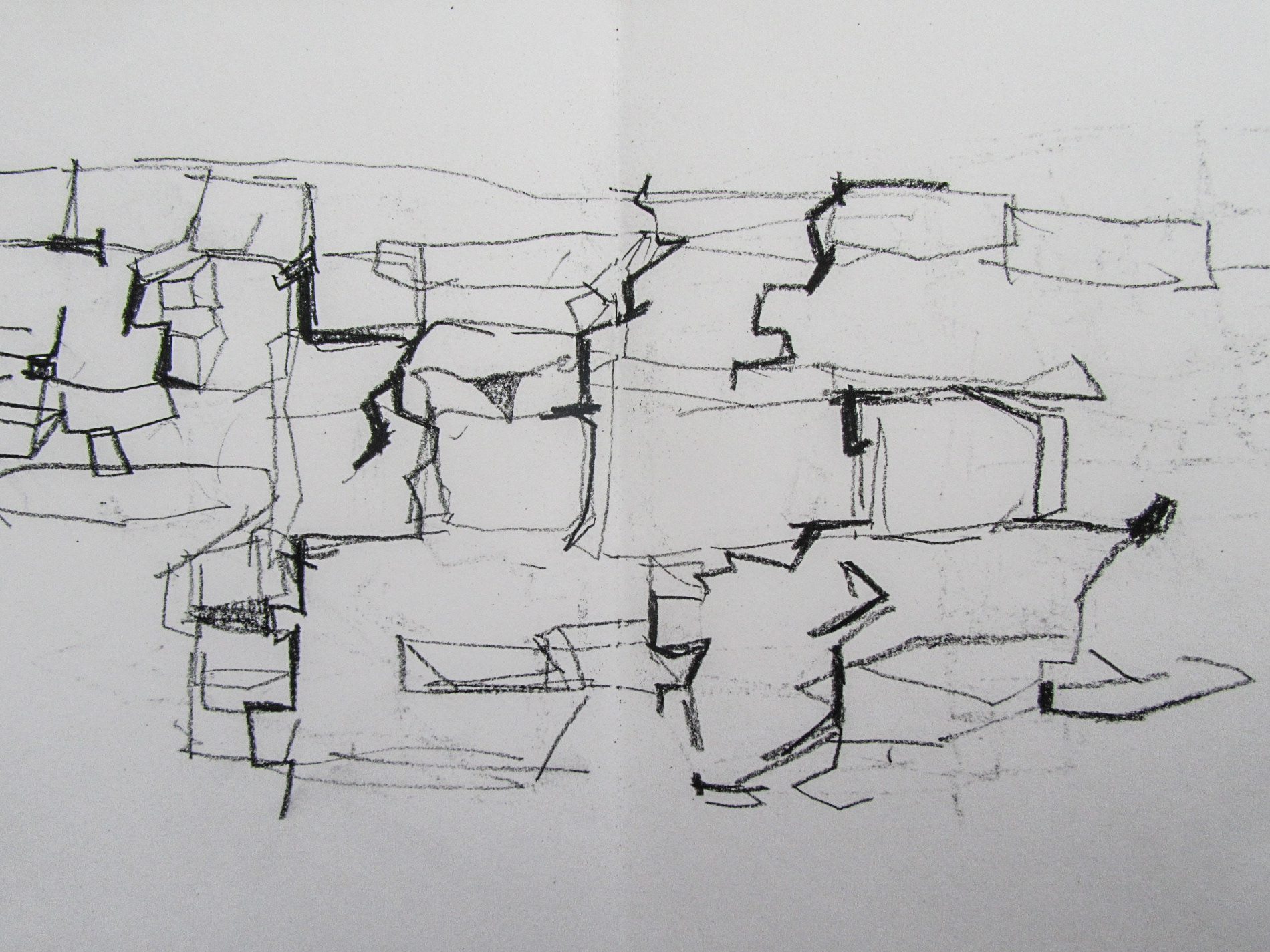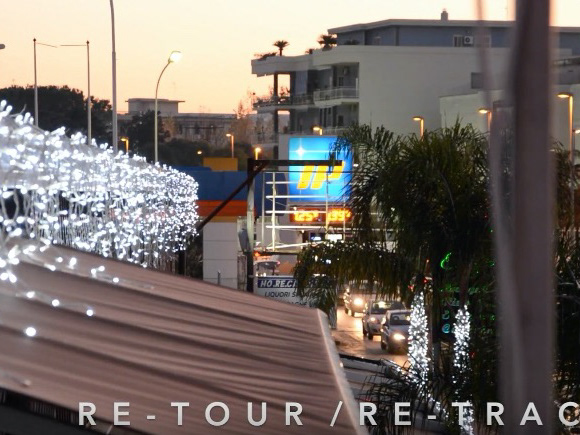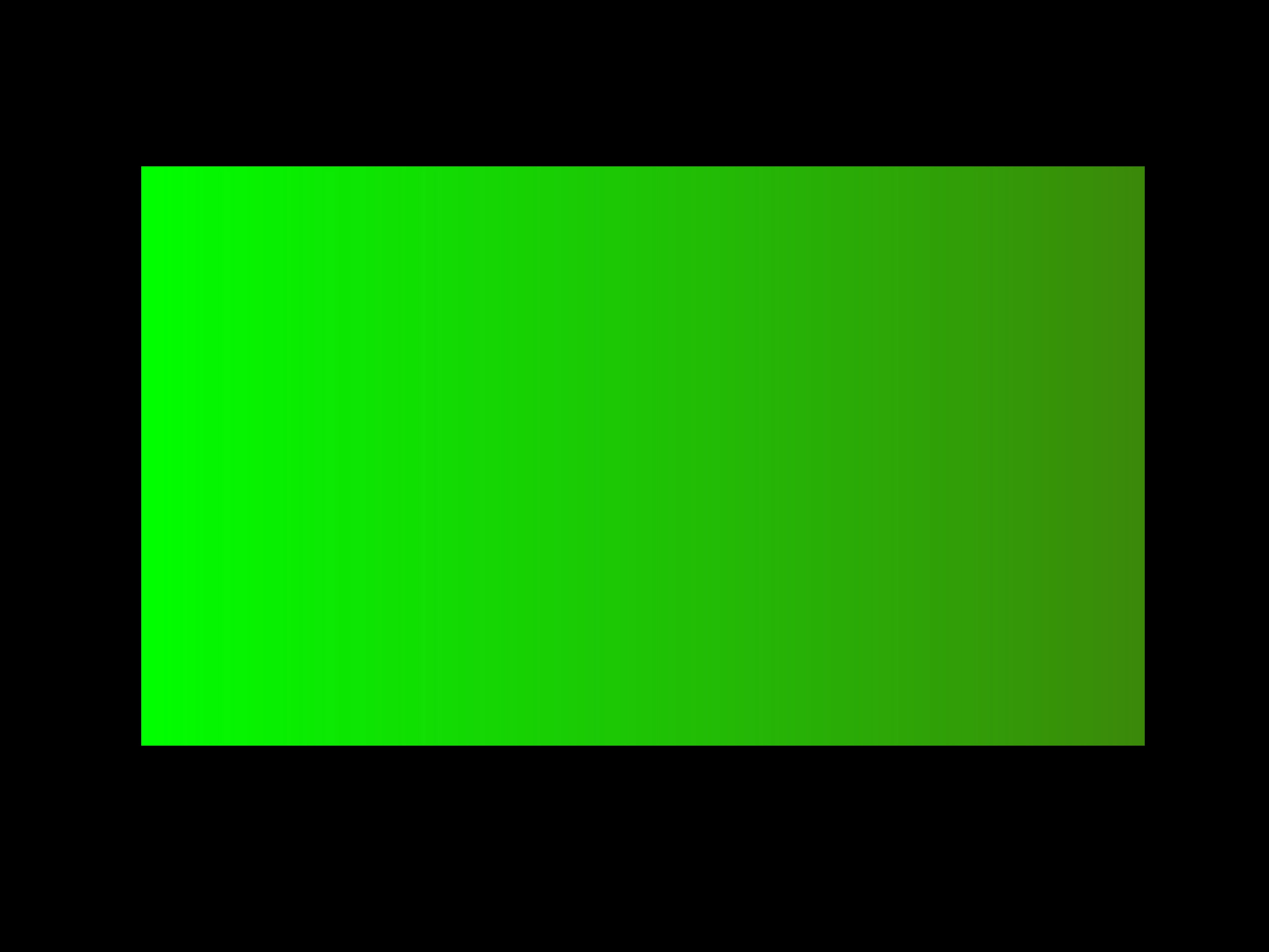Image 1 Edge of Land (Borderlakes). Mixed Media 113 x 179cm 2007
Image 2 Sketchbook page. Screen print and mono type 2008 39 x 58cm
Final Artwork: Edge of Land (Borderlakes) 2008 inkjet 30 x 42cm - LE CHÉILE: Welsh-Irish collaborative print project
Andrew Smith
CASE STUDY
Context
Brief outline of the artist’s practice
As a painter my practice is inherently studio based and I work in a dedicated light filled space. The subject of colour has been the overriding concern leading to the analysis of shape and surface in relation to colour-space-areas. This exploration has led to different materials being explored including screenprint and perspex. Due to geographic location and issues of cultural context my practice has included the idea of exchange. The cultural context of where and how an artwork is made and shown has become an integral function leading to the formation of collaborative partners.
1. Brief explanation of working process
This artwork was made as part of Le Chéile: A Welsh/Irish collaborative printmaking exchange, created between the Regional Print Centre, Wrexham and Leinster Printer Studio, Clane, Ko. Kildare. In this project new ideas and works were to be made on a twinning collaborative principle. Two artists not previously introduced would work together producing new work along the themes of land and place. Eilish McCann and myself developed a collaborative interchange and communication. The digital exchange of idea and visual work became central to the dialogue.
2. Relationship of digital technology to other processes/technologies
In the making of this piece of digital artwork the process is at the same time similar and different to my process of painting. In the construction of the image, using photo derived imagery from a location visit, digitalised elements of work in progress and completed artwork, the construction of the image is pictorial in a traditional sense yet detached as considerations including those of surface are essentially imagined and read in digital form. The role of altering and cancelling a shape or element is apparently more fluid with digital technology as elements can be changed or completely removed from the image unlike painting or screenprint when these can only be altered by additional application of media. Therefore in paint and screen, the commitment to decision has to be made during the making of the actual work. The element of the reversible is introduced in digital artwork.
3. Indication of how they regard the surface in terms of importance
The surface is important in two aspects. Firstly, during the construction of the digital image, as the imagined surface. For example, how an element or perceived texture of the digital image will actually look in the final artwork is a constant concern just the same as it is in painting although the digital visual image is apparent. Secondly, the actual surface becomes significant as proofs/idea sheets are printed to gauge the effect of those digital actions, for example, the fading or repositioning of elements. These are all linked to the final printed appearance.
Specific issues to the new piece of work
1. At what point in the development of the work is the size of the image fixed?
1. At what point in the development of the work is the size of the image fixed?
The size of the image is fived at the end of the process, in a response to proofs and their relation to the desired artwork. The approximate size of the planned artwork is cancelled by this action. The limitations of technology are considered throughout.
2. At what point is the actual surface considered?
The actual surface is considered in the final stages when the idea sheets are printed to gauge the effect of digital actions. The digital actions have been implemented imagining the effect on the surface of the artwork. The actual surface is different to the digital visual surface which is unique to this process of digital making. There is an implied texture and an actual texture; the implied visual texture can be read digitally and be integral to the construction of the image.
3. What factors determine the choice or creation of the surface in this new work?
The visual dynamic of the image is the overriding factor in the creation of the surface both during the selection of elements to digitalise, the construction of the digital artwork (in the form of implied visual surface and texture) and their relationship to the final composition.
4. How does working digitally contrast with other practises they have used?
There is a paradox with the digital process of image construction, at once building on the knowledge and fact of actual surface of the now digitalised elements and imagining how they will combine in the new art work. The element of time and process seems to evaporate in the digitalisation of those selected pictorial elements and the construction of new compositions; the layering is efficient and ignores marks and their cumulative effect that can be the trace of time in painting. In contrast to this the total image is worked on almost to the final stages and the immersion in the new image with previous work and new elements is evident only in the appearance of its components language rather than actual mark, perhaps the familiar mark. The intrinsic element of surprise and the unexpected is inherent in digital construction. The building up of the image is similar to the construction of a screenprint (overlaying) and a painting (one area buttressing up against another) but the formal elements can be altered in tone and scale, removed and replaced in a new way, a clinically efficient way at once at the beginning and the end of the construction of the image.
Information on new piece of work Title of finished artwork
Edge of Land (Borderlakes)
Size in cms of finished artwork 30 x 42cm
Edge of Land (Borderlakes)
Size in cms of finished artwork 30 x 42cm
Process
Digital photography, Screenprint, Pen and Brush Ink drawing, relief printing, oil bar, collage, inkjet, colour copier and c type.
Digital photography, Screenprint, Pen and Brush Ink drawing, relief printing, oil bar, collage, inkjet, colour copier and c type.




